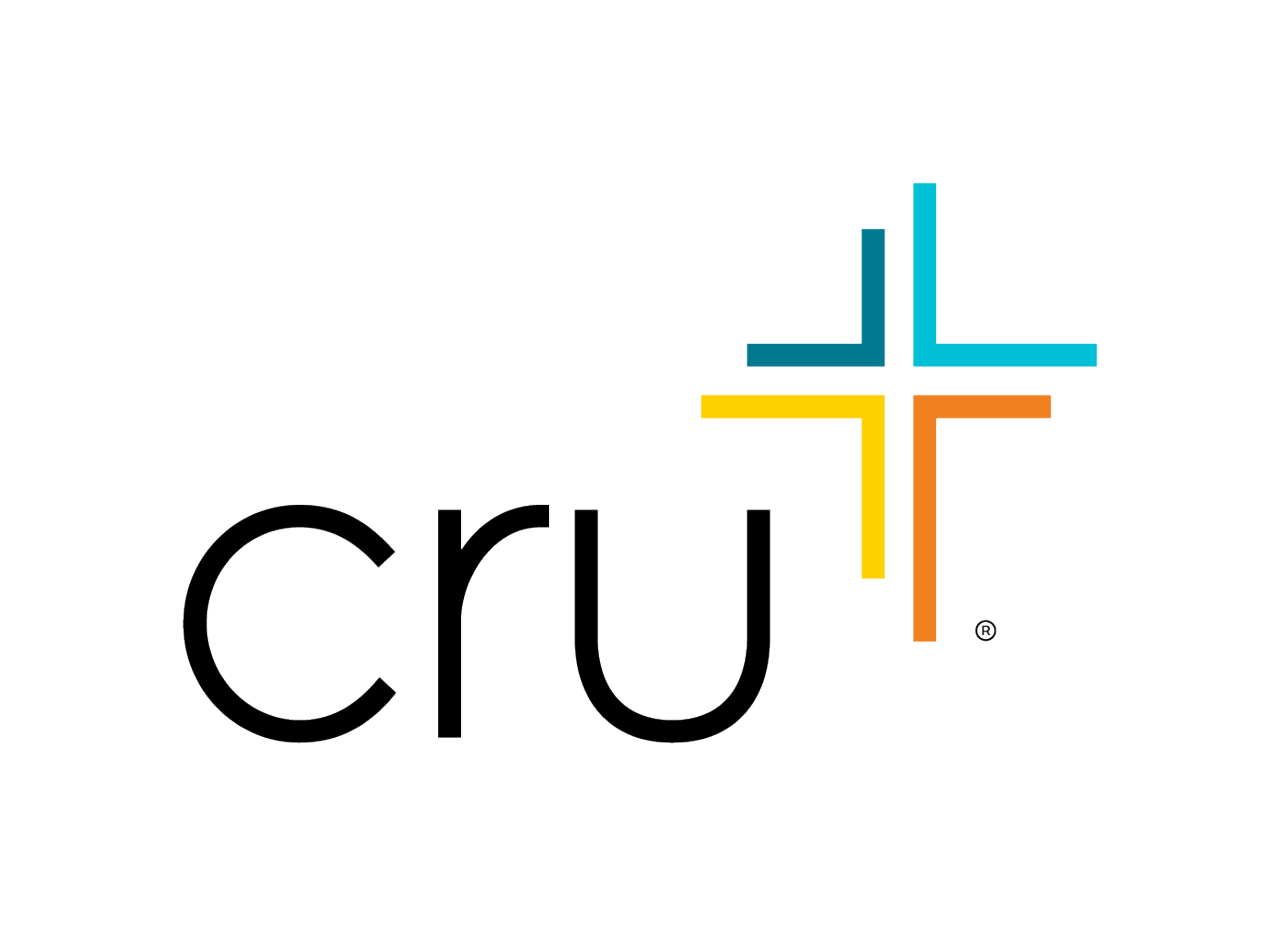How to Study the Bible

When you become a Christian, you enter into an exciting, lifelong relationship with the Bible. The Bible helps you understand God and His relationship with humanity. It also becomes a source of support for you during difficult times.
The better you know the Bible’s teachings, the more grounded your faith becomes. The more time and intentionality you put into understanding God’s Word, the more treasures you discover.
Why Bible Study Is Critical
Although the Bible tells one cohesive story, it does so through the work of many authors who wrote during times hundreds of years apart. Not only do the books come from unfamiliar cultures, but they’re also thousands of years old. You cannot expect to approach the Bible with the same level of investment that you’d give your favorite novel. If you want to discover what these authors have to tell you, you’ll have to do some work.
There is always something new to uncover in the Bible. Even those who have invested a lifetime into studying it will tell you their commitment has continued to pay off with new insights, understanding and spiritual growth.
Getting Started With Bible Study
Good Bible study does not happen by accident. If you want to study Scripture, you’ll need to carve out intentional time for it. Everyone has distractions and responsibilities vying for their attention, so it helps if you have a set time when you will read your Bible. There are great apps out there, like YouVersion, that allow you to set reminders for yourself to get into God’s Word.
When you’re first getting started with studying the Bible, it’s important to set some realistic goals for yourself. You may start with reading a specific book of the Bible for five to 10 minutes every day and setting aside one day a week for a more intentional time of studying Scripture.
Reading and studying the Bible are two different practices. Bible reading fits into the “devotional” category. This typically involves reading a shorter Bible passage and doing less in-depth investigation of the text. It is more focused on the immediate application of the passage to your life. Bible study is intentionally digging into a passage of Scripture and using various interpretive techniques to understand what the author is saying. It’s good to set aside time for both devotional reading and studying.
Once you decide how much time you want to commit to studying, put it on your calendar. Think of it as an appointment that you do not want to miss.
Next, you’ll want to figure out what you’re going to study. If you’re new to studying, why not start with the Gospel of Mark? It’s an exciting, action-packed book, but it’s short enough to read front to back in about an hour.

Choosing the Right Bible for You
There are a lot of excellent study Bibles available. Many of them include commentary at the bottom of the page or in the margins. As you’re reading along, you can check the commentary to gain insight into cultural, linguistic and interpretive considerations.
But as helpful as these tools are, they’re not always ideal for personal study.Bible study is about digging into the text and pulling out insights. Part of this work is active: You’re wrestling with the text and learning to understand it. Part of this work is supernatural: As you study the Bible, the Holy Spirit reveals truth from the text that applies to your life. It’s easy to become reliant upon commentary to explain the text to you, and this circumvents many of the benefits of study.
Commentaries are fantastic tools. But for your study time, it’s helpful to use them as secondary sources after you’ve done some preliminary work. Otherwise, it’s easy to become dependent on them.
Take a Funnel Approach to Scripture
When you’re studying a book, you’re going to end up reading it multiple times. It’s helpful to take a funnel approach to the book you’re reading. This means you’re going to start by reading the whole thing — hopefully in one sitting — before you begin to deal with smaller portions of it in greater depth. The goal is to familiarize yourself with the work as a whole.
We’re so used to being exposed to chapters and verses that we lose sight of an author’s intention for the whole book. This becomes extremely important when you’re studying a book with a single prolonged argument, like the Book of Romans. You want to be able to trace the author’s argument all the way through. When you take a book like Romans one piece at a time, you can miss the forest for the trees.
Be Mindful of Verses and Section Headers
Bibles today divide up the individual books within them with chapters and verses, but Bibles haven’t always done this. In the 13th century, Stephen Langton added chapters to Scripture, and in the late 16th century, Robert Stephanus added verses. These divisions are incredibly convenient. Imagine trying to find a specific place in Scripture during a sermon without them.
These divisions are tools that help us read Scripture; they’re not an actual part of it. When it comes to reading the Bible, these boundaries can hinder your ability to observe what biblical authors are saying. For instance, if you pick up the Book of Galatians at the beginning of chapter 4, you’ll find yourself in the middle of Paul’s argument:
What I am saying is that as long as an heir is underage, he is no different from a slave, although he owns the whole estate. (Galatians 4:1, New International Version)To pick up the thread of Paul’s argument, you need to go back and catch up. Some sections make much more sense if you read them within the context of the surrounding chapters, like Matthew 23-25 or 1 Corinthians 12-14. Often, it’s helpful to put chapter and verse breakdowns out of your mind as you dive into Scripture.
Another addition to a lot of Bibles is a subheading before many passages or chapters. For instance, the New International Version — a popular modern translation of the Bible — breaks sections in Philippians 1 down like this:
-
Thanksgiving and Prayer (vv. 3-11)
-
Paul’s Chains Advance the Gospel (vv. 12-26)
-
Life Worthy of the Gospel (vv. 27-30)
These subheadings can be useful for understanding the different parts of a biblical book, but they can also force you to read a passage in a particular light.
Chapters, verses and subheadings are all very convenient and helpful, but when it comes time for genuine study, it’s appropriate to remember they’re not inspired elements of Scripture. Sometimes it’s beneficial to ignore them and consider other ways you might divide the text.
A Four-Part Process to Studying the Bible
Observation, Interpretation, Connection, Application
One practical approach to Bible study is a four-part process of observation, interpretation, connection and application. These four steps help you to orient yourself to a passage, wrestle with what it’s trying to communicate and examine your life in light of God’s Word.
Observation

When you begin to study a passage, your first step will be observing the text. This step is asking these questions: What are the biggest ideas and the important details? And what did those things mean? Your goal in observing is to identify what the author was trying to communicate to his readers.
Reading the entire book in one or two sittings is part of the observation process. You’re attempting to get a sense of the whole before you begin to break down the parts. Once you do that, you can start shining a light on smaller sections of Scripture.
Instead of studying by chapter, it’s smart to look at pericopes. A pericope is a section of the text that forms a complete thought. Often, the headings in modern Bible translations identify pericopes. So if you’re studying Mark, start by reading the entire book. Then you might turn your attention to verses 1–8 in the first chapter.
Your goal in observation is to notice as much as possible. You want to focus on things like:
- Key words: Are there repeated words or phrases that seem especially important that help you understand what’s happening? Throughout Mark’s gospel, you’ll notice he uses “immediately,” “just as” or “right away” to keep the drama moving along at a fast pace. When you’re looking for key words, you’re on the lookout for words that unlock a passage or reveal something about the author.
- Sentence structure: A cursory understanding of how sentences are formed is incredibly helpful. You should be able to identify things like the subject (the person, place, thing or idea that is doing or being something), object (the noun or pronoun on which a verb performs an action), and predicate (the part of the sentence containing a verb and explaining something about the subject). It’s a good idea to brush up on the basics of sentence structure. It will make a big difference.
- The genre: The Bible’s many books come in several different genres. You’re not going to read one of the letters to the early churches that make up most of the New Testament books the same way you read the Old Testament’s historical books, like the Book of Joshua, and you wouldn’t read those the same way you’d read the Bible’s books of poetry, like Psalms, or the books of wisdom, like Proverbs. How you approach the genre will make a big difference.
- The background: Sometimes the background details tell you a lot about a passage. For example, when you read about something that happens in Mark, you want to pay close attention to where it’s happening and who is there. Is there anything that would indicate the emotional state of the people in the story? Sometimes what’s not said can be just as important as what is said.
An Example of Observation

Practice observation on the first verse of the Gospel of Mark. The Gospel opens by saying:
The beginning of the good news about Jesus the Messiah, the Son of God. (Mark 1:1, NIV)The purpose of this book is to tell the story of Jesus; it’s a historical narrative. Mark says he’s starting at the beginning. But you may know that Luke and Matthew begin with Jesus’ birth story. So you might write that observation down: “Mark’s beginning of the gospel story does not start at the very beginning.”
You’ll also notice that Mark desires to tell you some good news, and this news is about Jesus. A lot of people have all sorts of news. This might make you wonder whether this is good news for Mark or if Mark thinks this good news applies to everyone. (Keying into the term “good news” early will help you understand Mark’s Gospel, as it’s a critical term that he uses repeatedly.)
You’ll also notice right out of the gate that Mark has introduced Jesus with two titles: Messiah and Son of God. That seems important to delve into deeper. You might make a circle around those terms as a reminder to focus on those later.
Together, these observations help you think about the biblical author’s purpose and what they are trying to communicate.
The Importance of Observation
In many ways, observation is the base of the Bible study pyramid. It’s what everything else is built upon. Too often, people jump into the Bible and start connecting before they’ve done the challenging work of examining all there is to see. The more work you do during this part of your study, the better you will do in the rest.
Try challenging yourself to come up with 10 observations about a passage, and once you’ve hit that number, push yourself to come up with five more.
Interpretation

In observation, you were asking the question, “What did I see?” In interpretation, you ask, “What does it mean?” If you have not done a thorough job in the exploration phase, the interpretation phase can be difficult.
Here, you want to go back over the passage and your observations and ask as many questions as you can. Do not be afraid to ask hard or silly questions. There really aren’t any wrong questions, and sometimes what seems like a silly question can reveal critical insights. As questions arise, they give you direction for further reading and study as you seek to answer those questions.
The questions you raise in the interpretation phase might even push you back into the observation phase. Some of them can only be answered by examining the text again or even by looking at other parts of the Bible.
This is where secondary resources become really helpful. These might include Bible dictionaries, atlases, concordances and handbooks. Sources like these can give you vital information to help answer your questions.
An Example of Interpretation
Now that you have your list of observations, you can wrestle with the questions that arise from them and the things that you’ve seen.
The questions that might come out of your observations about Mark might include:
-
Why does Mark not include the Christmas story in “the beginning”?
-
What does Mark mean by “good news"?
-
What does the term “Messiah” mean? Is there any significance to the fact that Mark does not need to explain what that title means? Could that be a clue about his intended audience?
-
How about “Son of God"? Why did Mark feel this title was necessary on top of calling Jesus the Messiah?
Now that you’ve come up with questions, it’s time to do research. A key discipline for good study is not to be too quick to fall back on what you think you know. You might see the word “Messiah” and think, “I know what that means.” But that can undermine your ability to discover new things. So even though you might be familiar with the word “Messiah,” you might want to focus on Mark and his original audience. What did that word mean to them, and what kinds of feelings and hopes did it invoke?
For the first question, you might think through your initial reading of Mark. It’s the shortest of the Gospels, and you might have noticed that Mark seems focused on the action and hitting all the significant points. Then you could go back and look at how the other Gospels start:
-
Matthew begins by giving us Jesus’ genealogy and then gives us a little glimpse into His birth. In the third chapter, Matthew tells us about Jesus’ baptism by John.
-
Luke gives us the most information about Jesus’ birth and even provides us with a glimpse of Jesus as a child (Luke 2:41–50). Just like Matthew, Luke gets to the baptism in the third chapter.
-
John kicks off with some critical theological points and then immediately launches into the baptism too.
All four of the Gospels begin differently, but they all come together at the baptism. This seems to be the kickoff point of Jesus’ ministry. So when Mark tells you he’s starting at the beginning, it’s safe to say he’s talking about the beginning of Christ’s ministry.
Interpret First, Use Commentaries Second

Commentaries can be incredibly useful and powerful tools, but be wise about how you incorporate them into your study. As mentioned earlier, it’s easy to become dependent on them. If you’re not careful, they’ll do all the work of observation and interpretation for you. There is something incredibly rewarding about mining those nuggets of truth for yourself.
If you choose to consult a commentary during your study, try to do it toward the end. Strip the passage of all the jewels you can find on your own, and then come back through with a commentary. Using a trusted commentary can help in a few ways:
-
It can help show you the details you missed in the observation phase. This can train you to be more of an explorer in the future.
-
It can provide you with answers you weren’t able to come up with on your own, and maybe give you some clues on interpretive techniques and tools in the future.
-
It can provide details and facts that you do not yet have the capacity or training to pick up on your own.
Connection
Once you have explored the passage, it’s time to make some connections. You’ve observed the details in the text and drawn interpretive conclusions about what the author was saying to his original readers. Now, think about what the passage tells us that is always true — not just in its original setting, but in any time and place. If this were the only passage of the Bible you had access to, what would you learn from it about God’s character and actions? About people or human nature? About God’s redemptive plan? What does this passage teach that is still as true today as it was when it was written?
As part of this step, take some time to identify where the beauty of the gospel comes into the passage. The whole Bible tells the story of how God, in his grace and mercy, comes to the rescue of rebellious people living in a broken world. Where does your passage show how human beings or their world are broken? And how does it show God redeeming that brokenness? How does he save or provide a way when people are unable?
After making these connections, you should be able to identify some of the big truths that the passage offers every reader throughout time. These are the ideas that were true for the original audience and are equally true for you. Armed with that knowledge, you’re ready to start thinking about how to apply what you’ve read.
Application
Unlike other forms of study, the ultimate goal of Bible study is not information — it’s transformation. The purpose of exploring and connecting is to apply what the Bible teaches to your life. Be careful not to simply amass the kind of knowledge that “puffs up” (1 Corinthians 8:1). You should desire to know God’s Word better so it can change you.
An Example of Application
Sometimes you’ll be studying a passage that has a precise application. Maybe you’re reading Matthew 5:13: “You are the salt of the earth. But if the salt loses its saltiness, how can it be made salty again? It is no longer good for anything, except to be thrown out and trampled underfoot” (NIV). After studying the importance of salt to first-century Judean people, you would have a clear picture of its significance to Jesus’ original audience.
You might discover that salt was not only used to flavor food, but it helped keep it from spoiling. Your next question should be, “How’s my saltiness? What kind of flavor and preserving qualities do I bring to my circle of influence?” Maybe this question will lead you to pray for God to show you ways to help others and make some resolutions about things that you’d like to change.
Some passages will not have a clear application. The first verse of Mark you’ve been studying does not have immediate actionable teachings, but you still need to be open to the Holy Spirit moving as you study. Sometimes the application will simply be deeper faith and firmer belief. For instance, as you explore the terms “Messiah” and “Son of God,” you might be moved to respond in prayer and worship. This is always a powerful application of Scripture.
A Meaningful Investment of Time and Energy
When you break the discipline of Bible study down to its simplest forms, it’s just a few steps:
-
Explore: What did God say (to the original readers)?
-
Connect: What is God saying (that is always true or that is true to all readers in all settings)?
-
Apply: How do I respond to what God is saying?
As you work through these steps regularly, you will get better at them — and you will be transformed. One of the best things about studying God’s Word is that you can come back to a book you’ve already studied in the past and discover all-new insights. The Bible is an inexhaustible mine of precious gems.
For more on studying the Bible on your own or with others check out our Bible Studies resources.


















